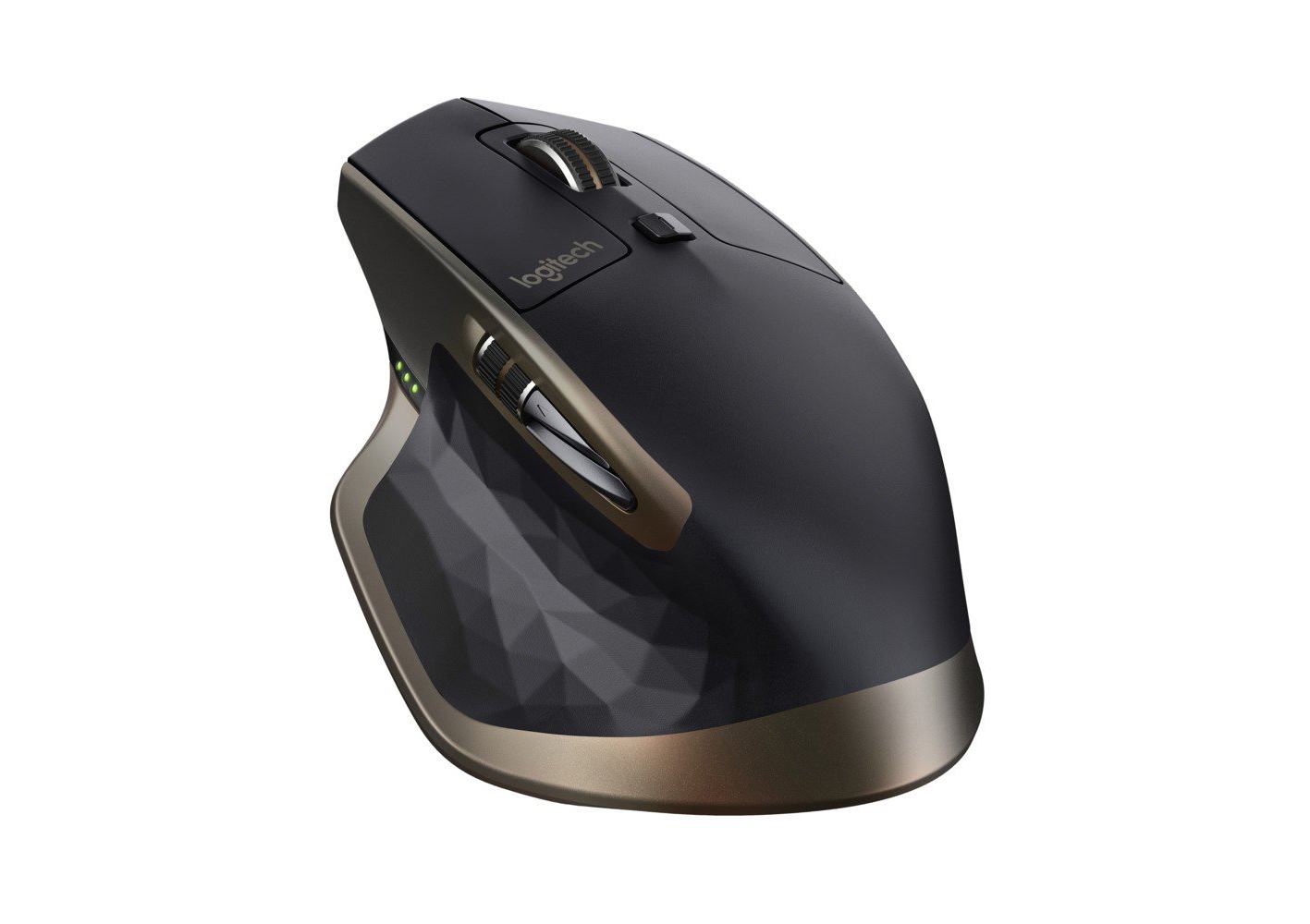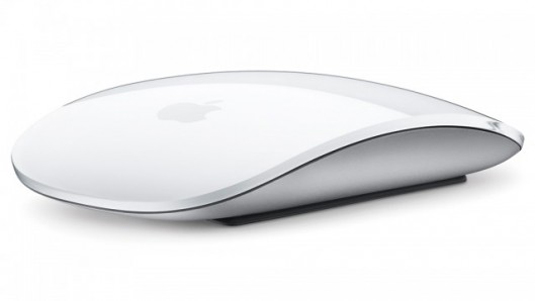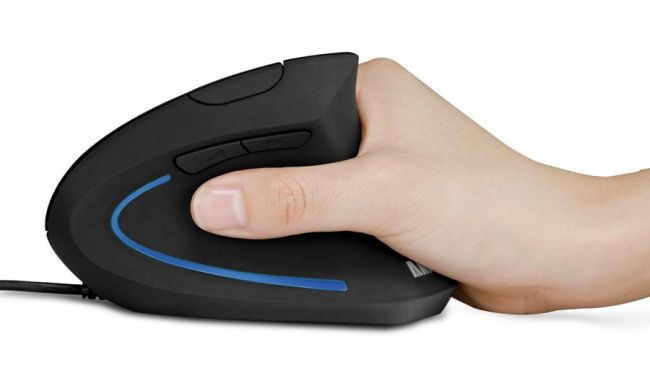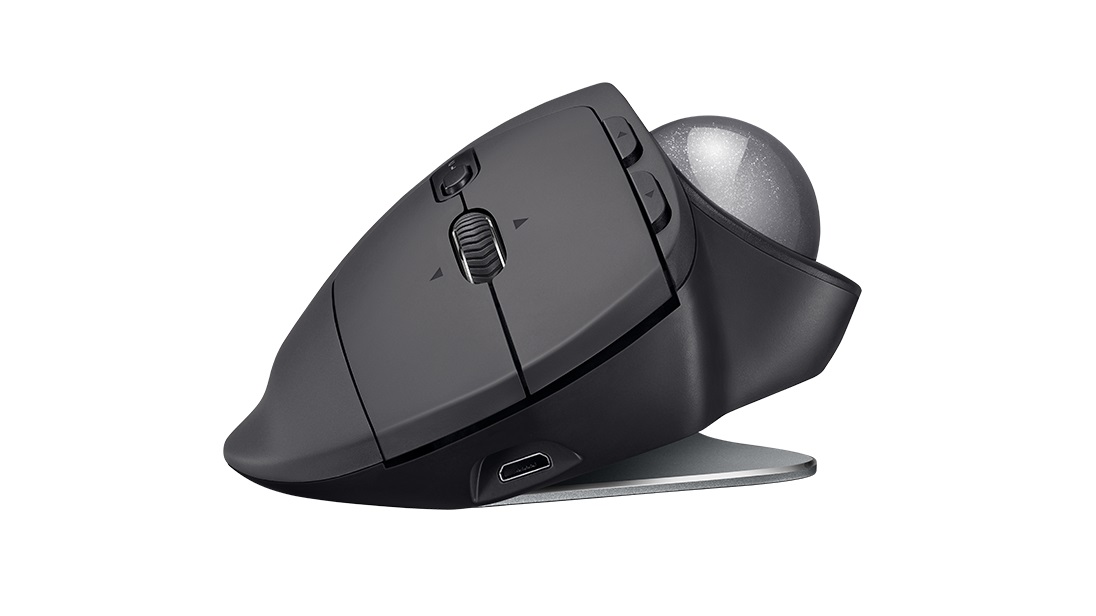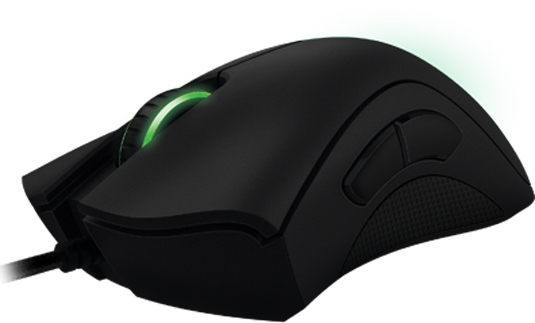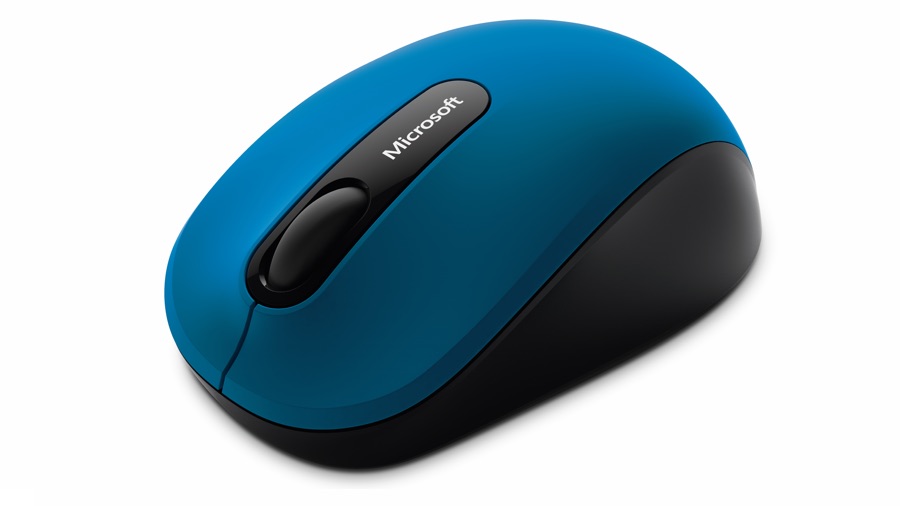The 16 best free blogging platforms
Original Source: http://feedproxy.google.com/~r/CreativeBloq/~3/SUZSZfShch4/best-blogging-platforms-121413634
It used to be said that everyone has a book in them, but these days, it might be more appropriate to argue that everyone has a viral blog post in them. Plenty of people retain a thirst for more thoughtful writing than a tweet can afford.
Also read: How to start a blog
There's something about having a space that's properly yours, that's potentially free from the distractions of a billion adverts and countless competing status updates. Blogging is also still a great, organic method of self-promotion online, and the best thing is, there are a load of free blogging platforms out there to get you started.
What is a blogging platform?
A blogging platform is a service or application that facilitates the creation of web pages for publishing your content. These content management systems come in the form of website builders like Wix, blogging applications like WordPress, or simplified blogging software like Tumblr.
In this round-up, we explore the best blogging platforms for newcomers who want to get a free blog up and running.
01. Wix

Wix’s drag-and-drop system is made with HTML5 in mind
If HTML5 matters to you then Wix is well worth a look; it claims to be the only drag-and-drop site-building platform with HTML5 capabilities. On top of that you'll find over 500 designer-made templates as well as plenty of additional features and apps, along with top-grade hosting so you can rest assured your site will be there when you need it.
You get 500MB storage and 1GB bandwidth with a free Wix account; if you need more – plus other features like your own domain, and online store and Google Analytics – then take a look at its premium plans.
02. Joomla
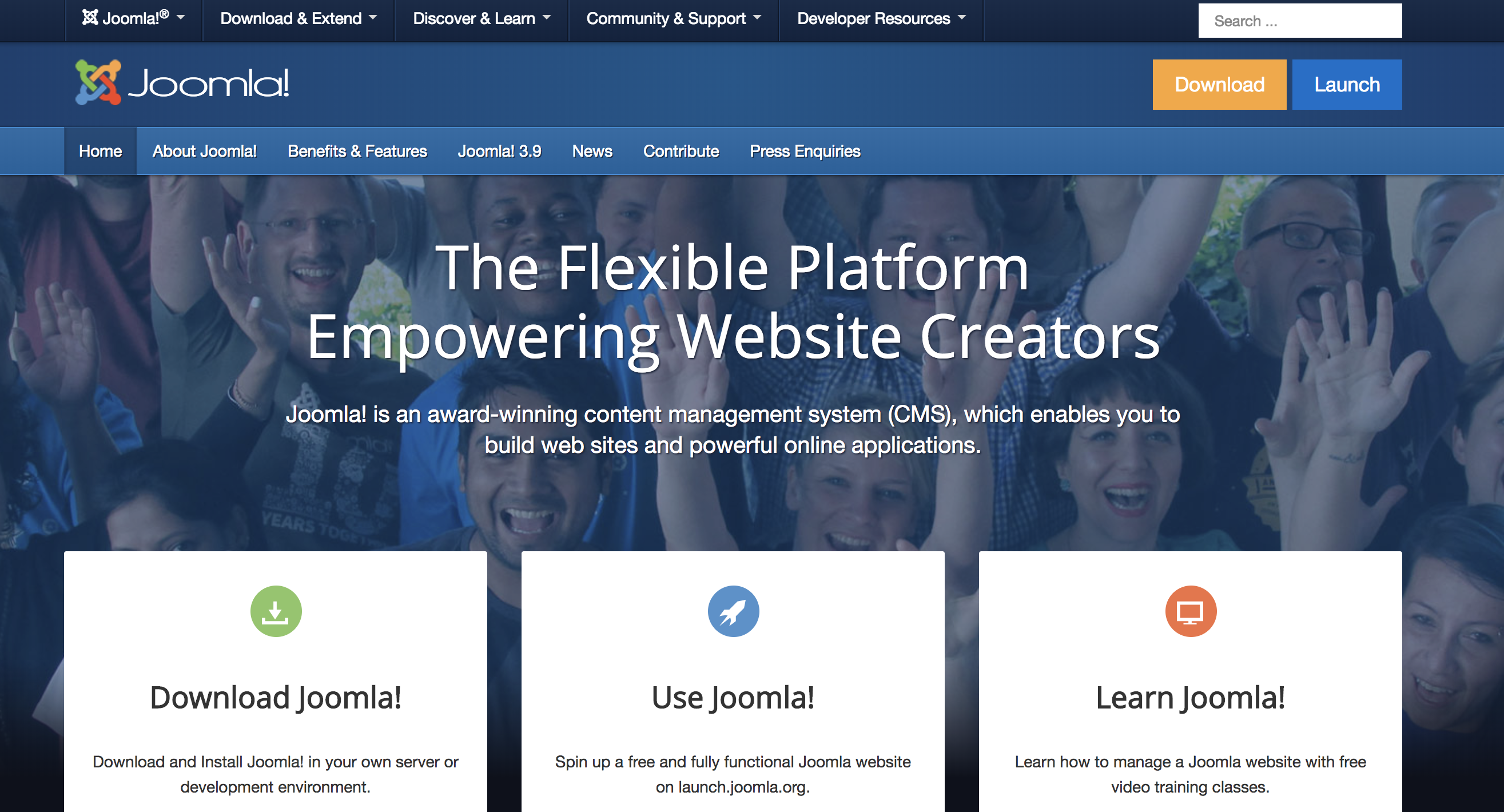
Joomla is a popular tool among the blogging community
Open source software content management system Joomla is a popular choice among the blogging community. Powerful and flexible, Joomla can be used to build any kind of website or blog, with design features including the ability to create your own template and render HTML for objects/arrays of data. It also uses Bootstrap for perfect responsive designs.
Similar to WordPress.org, Joomla is a self-hosted solution, which means you will need a domain name and web hosting to use it (although there is an option to create a site on launch.joomla.org) The Joomla community is much smaller than WordPress community, so there are fewer themes and add-ons than for WordPress. But there are still hundreds of templates to choose from, and extensions to add more features, to fully customise your blog's design.
03. Yola
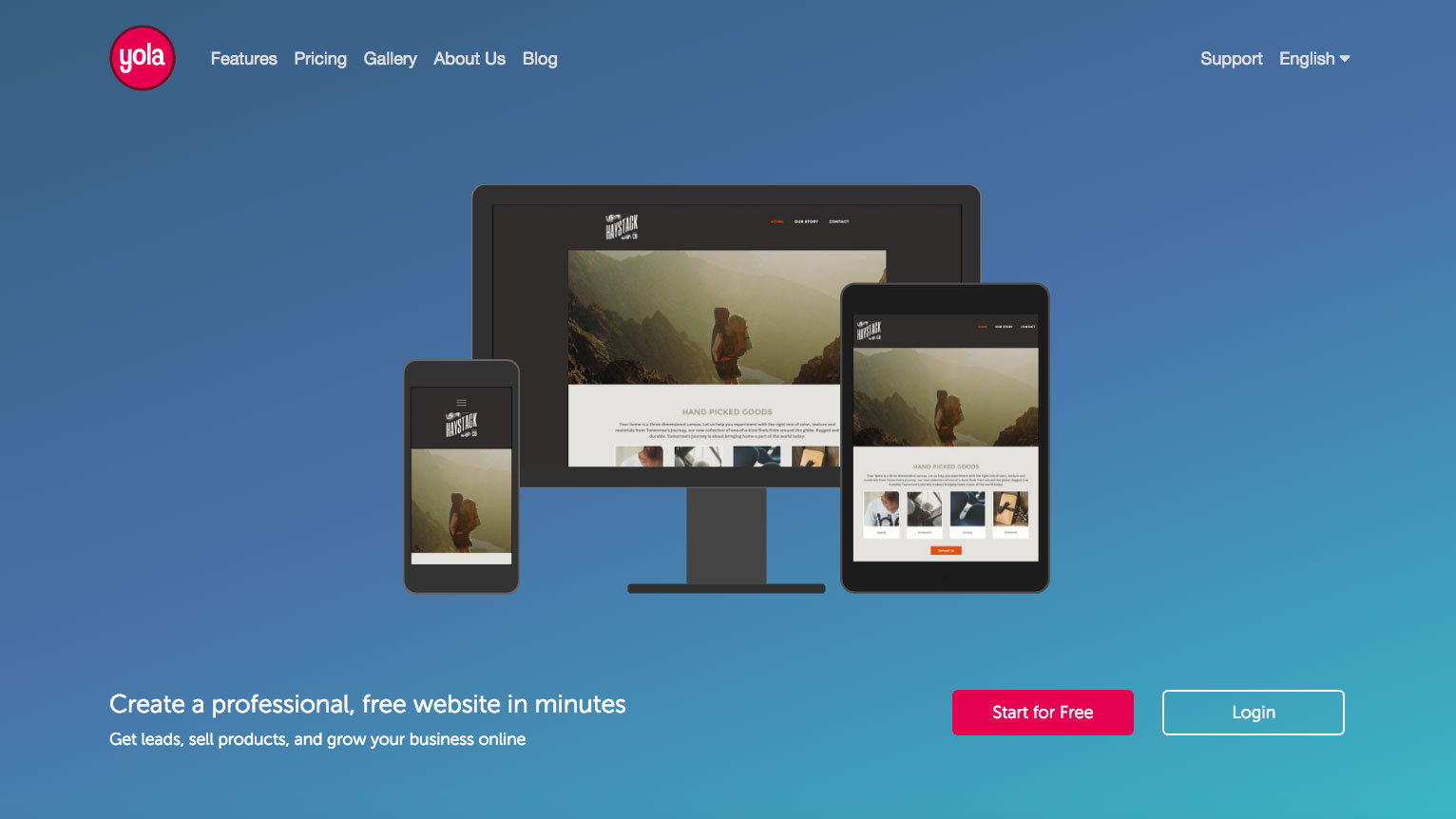
Yola boasts flexible layouts and no third-party ads
Yola limits you a bit if you have grand plans for your blog – you can only have two sites and three web pages with its free plan – but the upside is a healthy 1GB of storage and bandwidth, and your site won't be littered with unsightly third-party ads.
Getting started is easy, with dozens of customisable templates to choose from, a straightforward site builder for putting everything together, flexible layouts and drag-and-drop widgets. And if you have the skills, then you can edit your CSS in order to fine-tune your site's look.
04. Hubpages
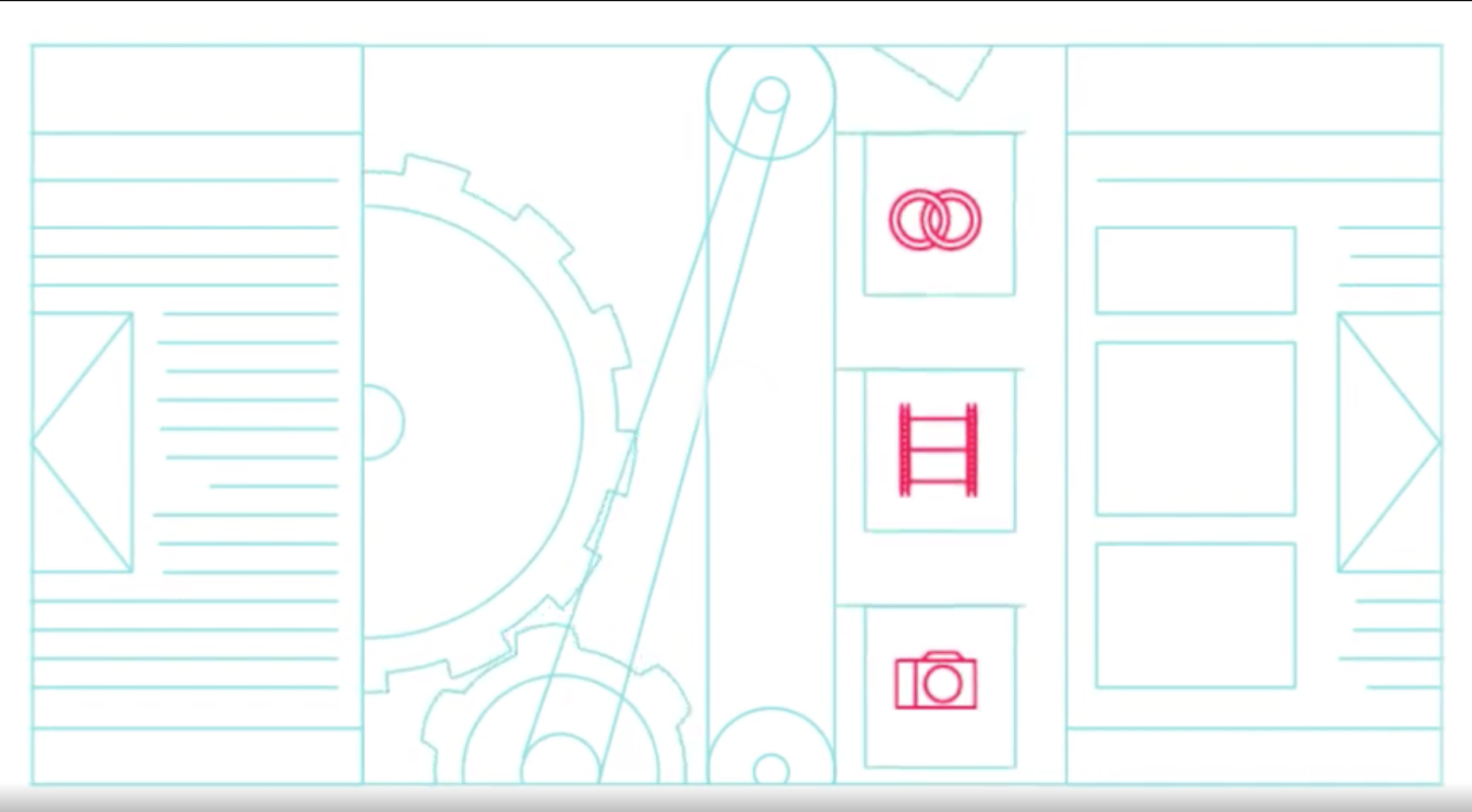
Join a buzzing community of Hubbers with Hubpages
Hubpages is a network of sites that enable bloggers (or Hubbers) to share their story with a vast open community. It has an Arts and Design section, which will be a happy home for creative bloggers, and Hubpages majors on its ability to connect its users with a wide audience and earn revenue from ads and affiliates.
05. Contentful
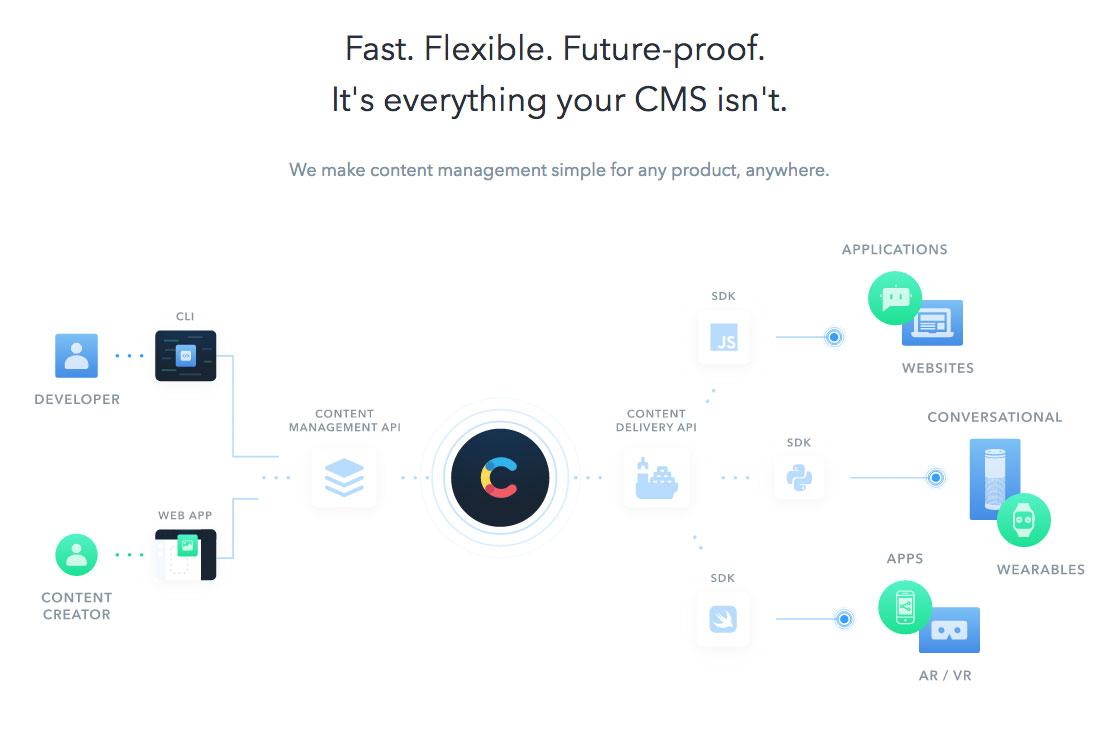
Call your content into any design with the Contentful API
Nobody knows how they're going to want to display their articles a few years down the line, so Contentful provides a way to separate your content from your design. It calls this an "API-first" approach, so your content is stored on its servers and you can call it into any design or platform as you like. So if you want to build a completely different site in a few years time, it's easy to bring everything in as it's set up to be portable from the start.
06. Jekyll
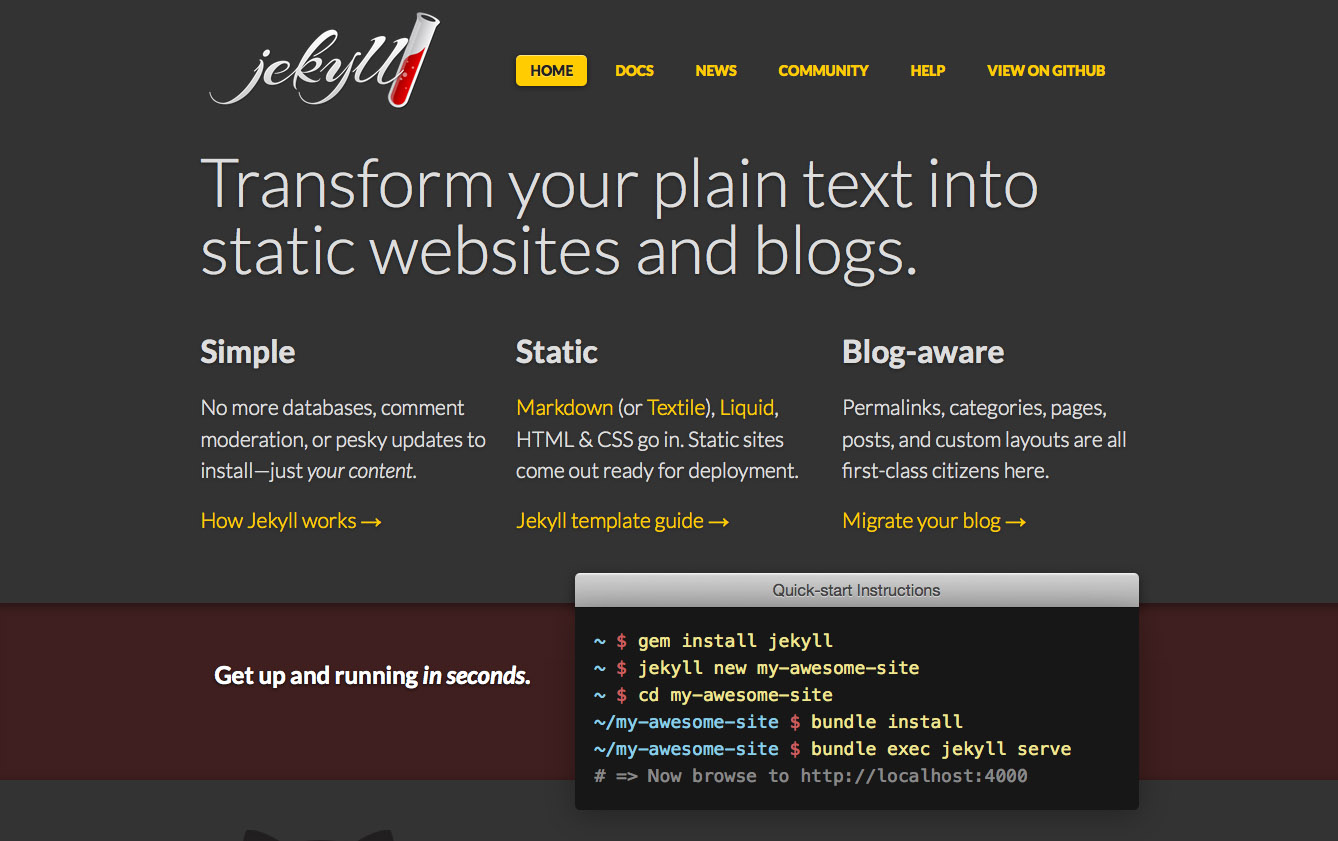
Make static sites with Jekyll
Jekyll takes your raw text files, which may be written in Markdown, if you like, and turns them into a robust static site to host wherever you want. It’s the engine behind GitHub Pages, which means you can host your blog on there for free.
Making your blog with Jekyll avoids the need to work with technicalities such as databases, upgrades and so on, so there are fewer things to go wrong, and you can build something completely from scratch.
07. WordPress
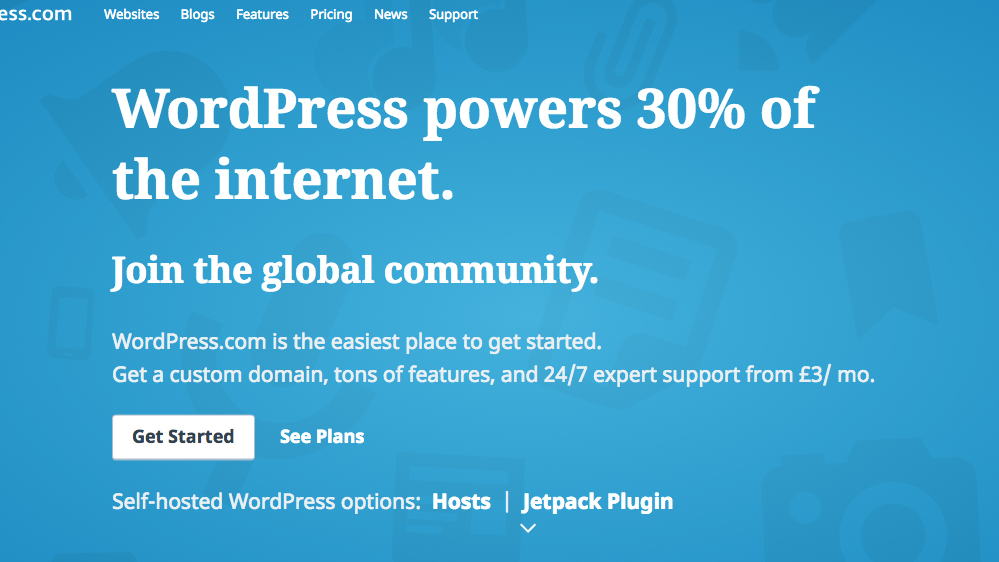
WordPress is the most popular free blogging platform
If the folks over at WordPress are to be believed (and they seem suitably trustworthy sorts), the platform now 'powers' almost a third of the internet.
It's easy to see why: on WordPress.com, you can rapidly create a new blog entirely for free, with a reasonable amount of customisation. Alternatively, most web hosts provide WordPress as a free single-click install, and more information on what's possible there can be found at WordPress.org.
Newcomers might find WordPress a touch bewildering initially, but it's the best free option for anyone wanting a great mix of power, customisation and usability. To help you out, we've rounded up the best WordPress tutorials and the best free WordPress themes to get you started.
08. Tumblr
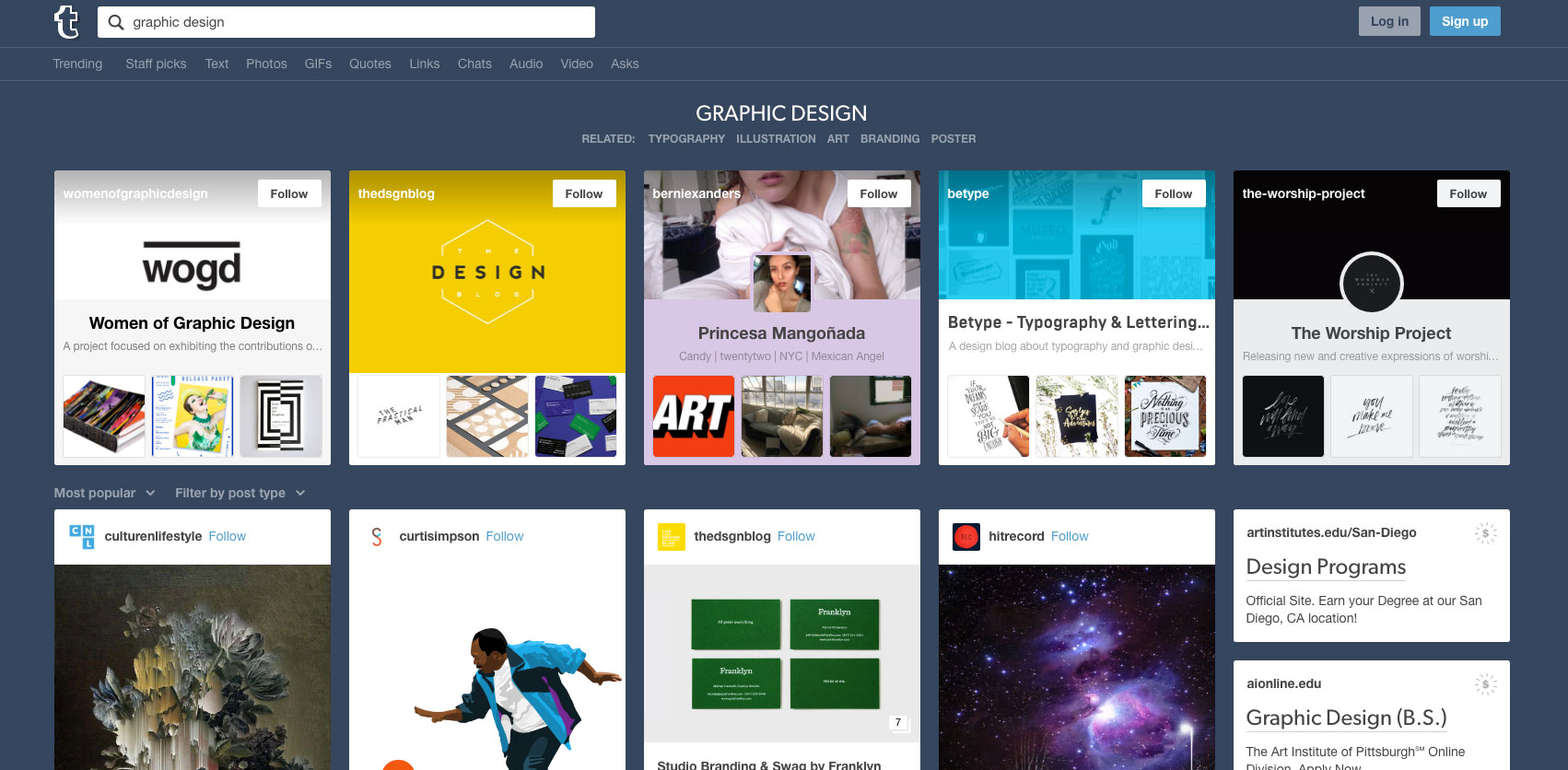
Tumblr is one of the easiest free blogging platforms to use
To some extent, Tumblr feels a bit like a halfway house between WordPress and Twitter. It offers more scope than the latter, but tends to favour rather more succinct output than the former.
Decent mobile apps make it easy to submit content to a Tumblr blog from anywhere, though, and it's reasonably easy to customise your theme to make it your own.
Tumblr also has a strong social undercurrent, via a following model combined with notes and favourites. Tumblr has also recently announced a controversial ban on adult content, which means that the porn bots that used to be lumbering around on the site should no longer be a problem.
09. Blogger
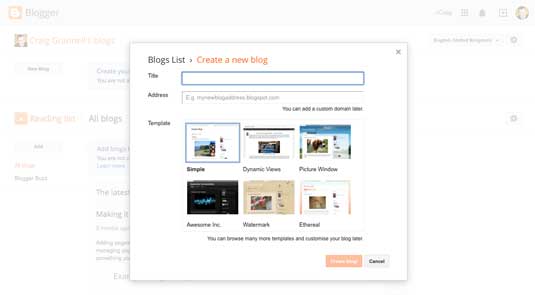
Blogger is one of the longest running free blogging platforms on the web
You'd hope with a name like 'Blogger' that Blogger would be a decent free service for blogging. Fortunately, it is. Sign in with your Google ID, and you can have a blog up and running in seconds, which can then be customised with new themes.
It is, however, a Google service, so be a touch wary, given how abruptly that company sometimes shuts things down that millions of people were happily using.
10. Medium
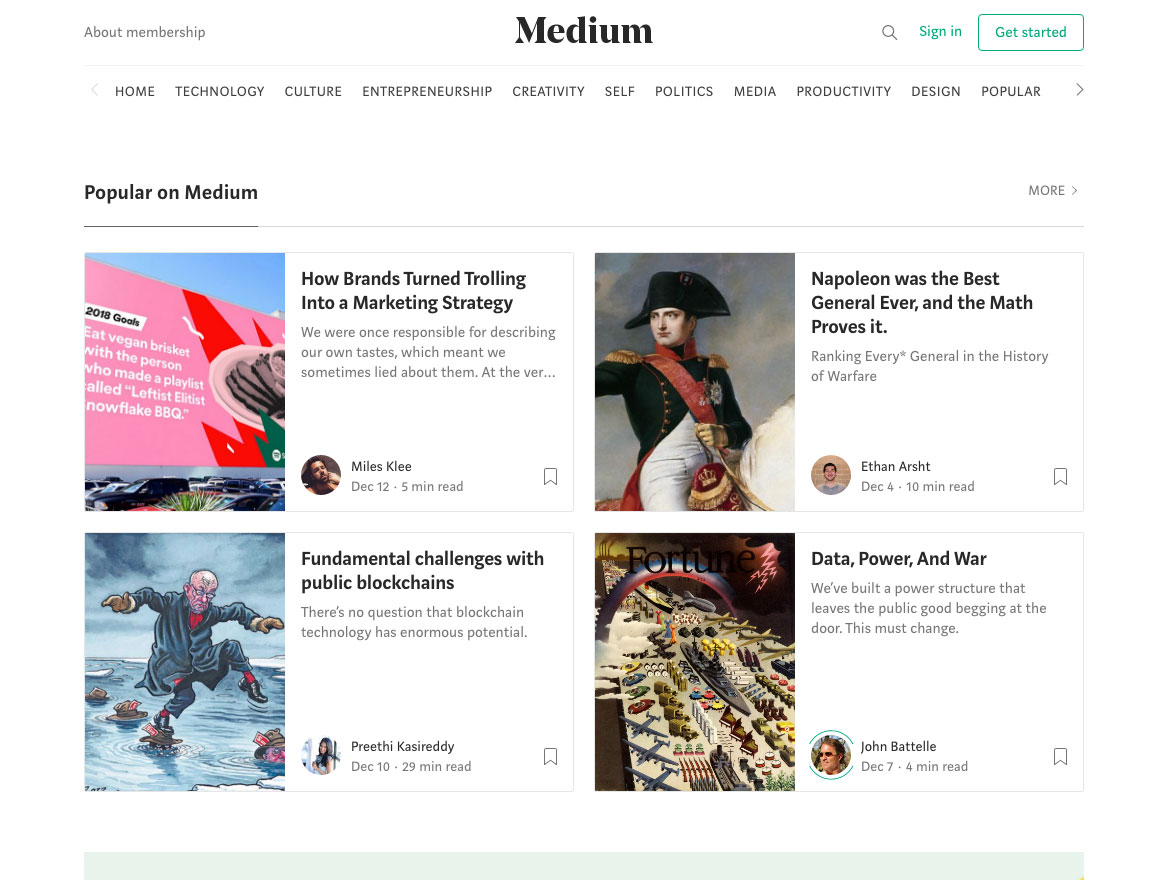
Medium is a free blogging platform set up by Twitter’s founders
Medium is the brainchild of Twitter's founders, and appears to be their attempt to do for 'longreads' what they once did for microblogging. The result is a socially-oriented place that emphasises writing, although within an extremely locked-down set-up.
It's a place to blog if you want your words to be taken seriously, and if you favour a polished, streamlined experience. But if you're big on customisation and control, look elsewhere.
11. Svbtle
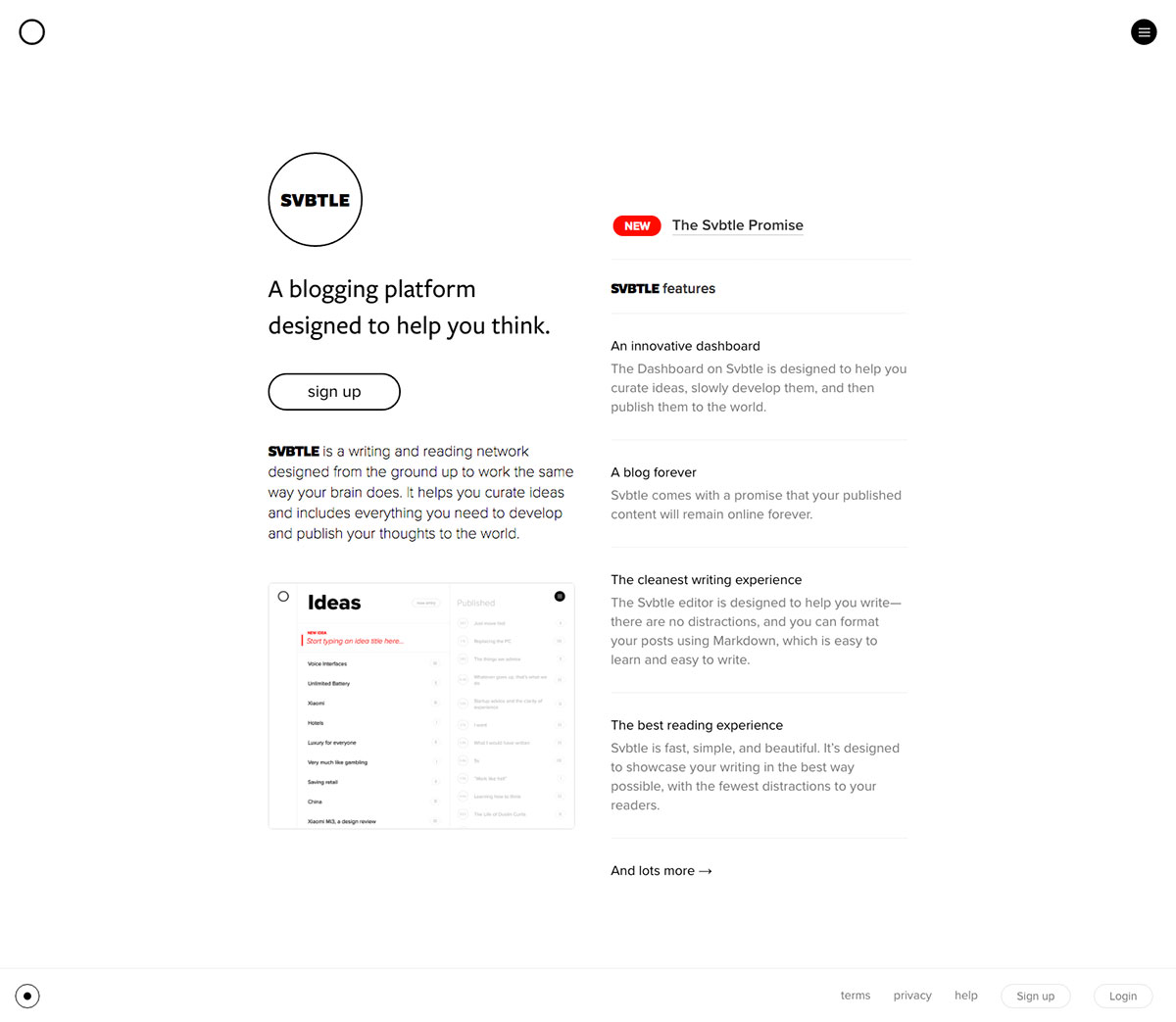
Svbtle is a stripped-back free blogging platform for longform writing
Describing itself as a "blogging platform designed to help you think", Svbtle is fairly similar to Medium in approach. Like Medium, it strips everything right back, resulting in a bold, stylish experience that pushes words to the fore.
It could easily become your favourite blogging platform for the act of writing, but it again relies on you also wanting something extremely simple and not caring a jot about customisation.
12. LiveJournal
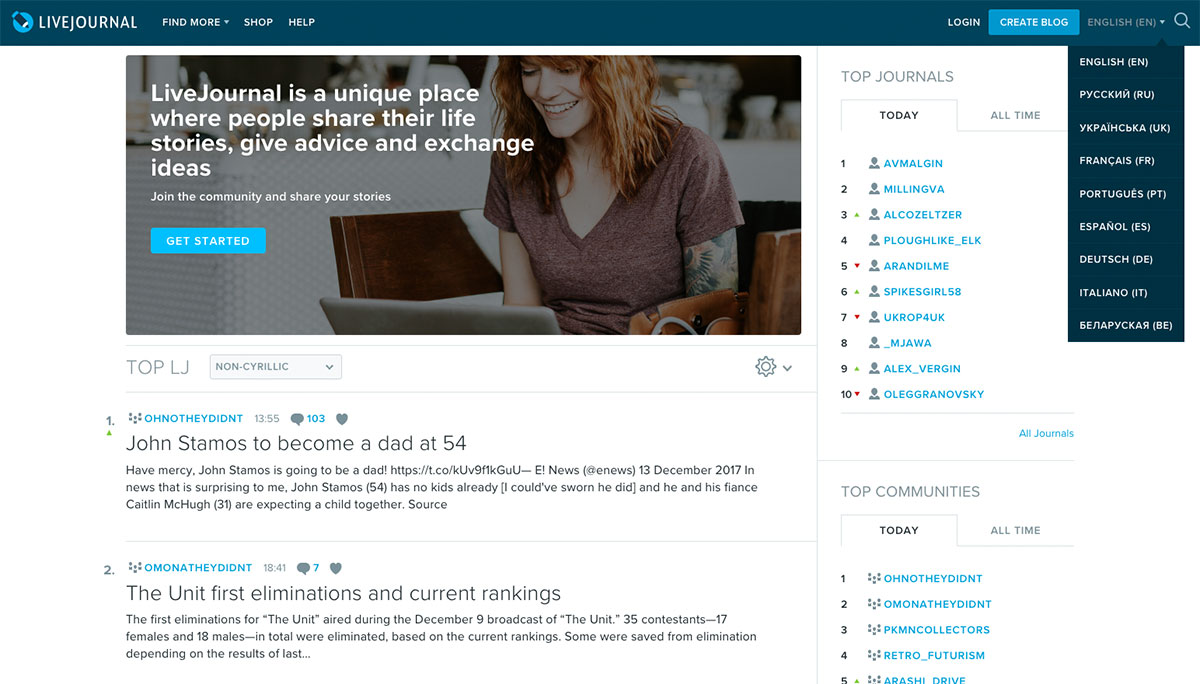
LiveJournal combines blog and social networking
One of the veterans of this list, LiveJournal (like Blogger) started life in 1999. Perhaps because of its age, it rather blurs the lines (the site says "wilfully") between blogging and social networking.
The result is more of a community that affords you your own space, but that also very much encourages communal interaction. It is possible to fashion something more private, but to get the most out of LiveJournal, you need to be prepared to delve into discussion as much as writing.
13. Weebly
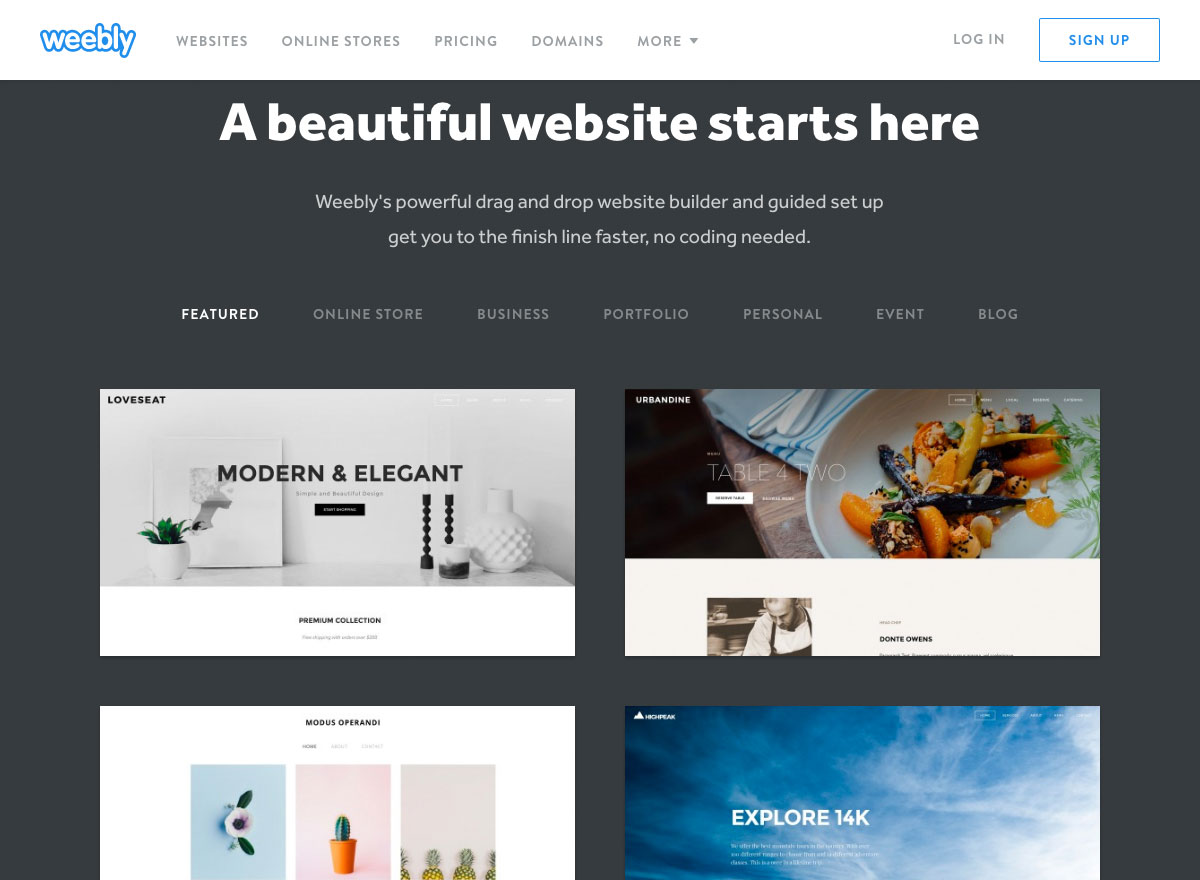
Weebly is a website creation tool that includes free blogging templates
Weebly bills itself more as a website-creation system than something for solely creating a blog. It’s based around drag-and-drop components, which enable you to quickly create new pages.
However, blogging is also part of the system, and you get access to customisable layouts, a bunch of free themes, and the usual sharing features you’d expect, to spread your words far and wide.
14. Postach.io
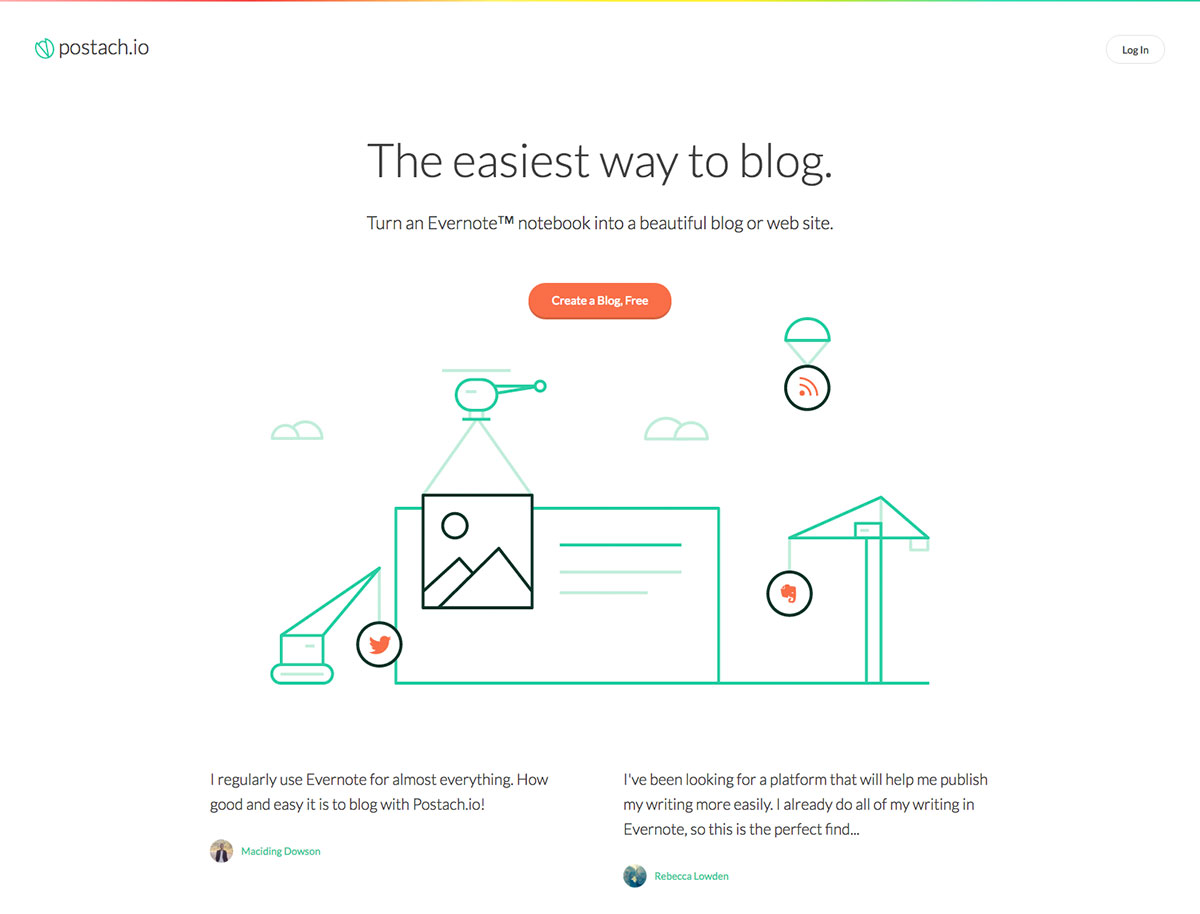
Postach.io is a free blogging platform from the creators of Evernote
Postach.io claims it's the "easiest way to blog". It's from the people behind Evernote, and, naturally, is deeply integrated into their system.
Essentially, you just connect a notebook to Postach.io and then tag notes as 'published' to make them public.
However, you get some customisation, too, including a bunch of themes, the means to embed content from other sites, Disqus commenting, and the option to instead use Dropbox for storing content.
15. Pen.io

Pen.io is one of the only free blogging platforms you don’t need a login for
Pen.io's approach is also rather different from its contemporaries. Unusually, it doesn't require a login – instead, you define a URL for a post and set a password.
Images can be dragged into place, and you can create multi-page posts using a tag. And that's about it.
Really, it's a stretch to call Pen.io a blog in the traditional sense, but it's a decent option for banging out the odd sporadic post, especially if you don't want any personal info stored.
16. Ghost
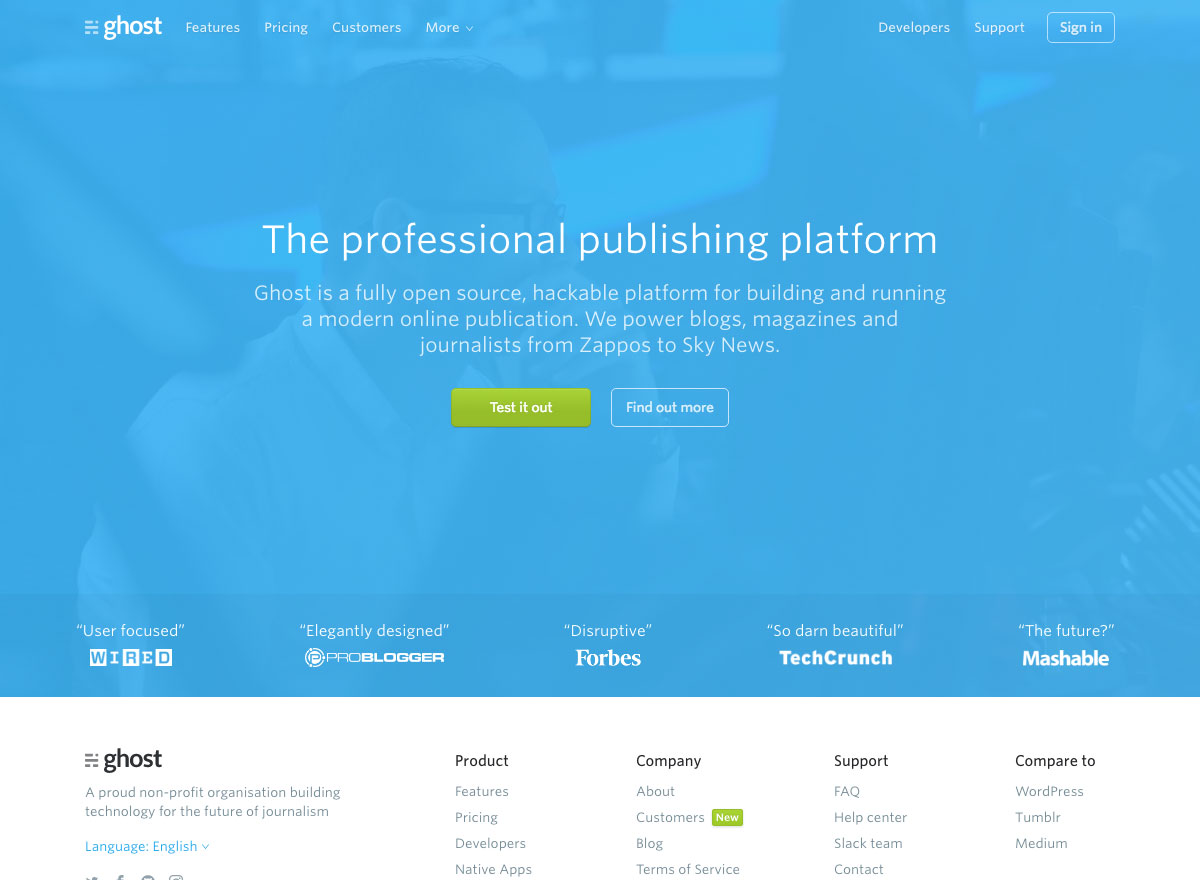
Open source platform Ghost is free if you install it on your own system
Here's something slightly different for our final entry. Unlike the others on this list, how much you pay for Ghost depends on how much traffic you get, although a free 14-day trial is available.
However, this system differentiates itself in other important ways: it's entirely open source, and while writing you get a live preview of how your post will end up.
You need to be technically minded for this one, then, but it's a worthy alternative to WordPress if you're happy to get your hands dirty and have your own web space that's awaiting a blog.
Related articles:
21 top-quality WordPress portfolio themesThe 40 best free web fonts38 brilliantly designed 404 error pages

 Pantone’s annual quest to dominate the “and finally…” portion of the pre-festive news has kicked off, with the announcement of its Color of the Year for 2019.
Pantone’s annual quest to dominate the “and finally…” portion of the pre-festive news has kicked off, with the announcement of its Color of the Year for 2019.
 WordPess 5.0 (codenamed “Bebo”) is officially out and prowling among the servers.
WordPess 5.0 (codenamed “Bebo”) is officially out and prowling among the servers.



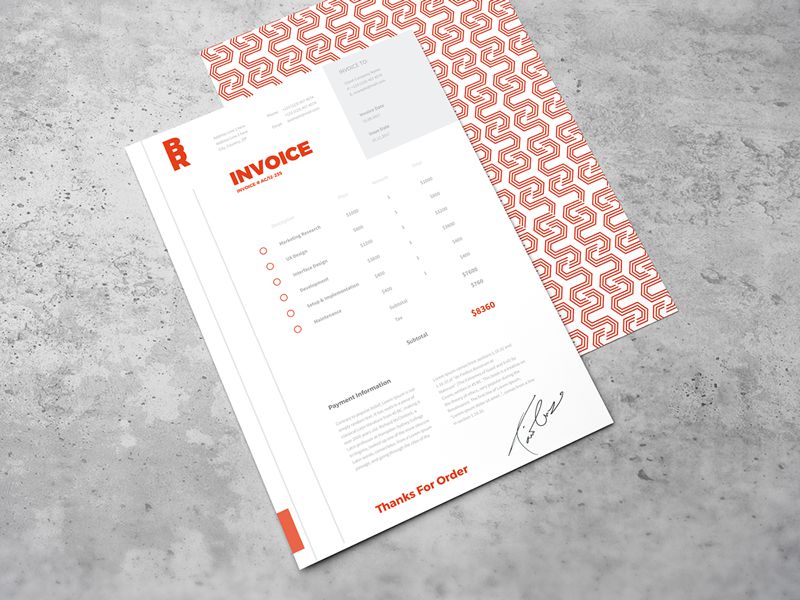
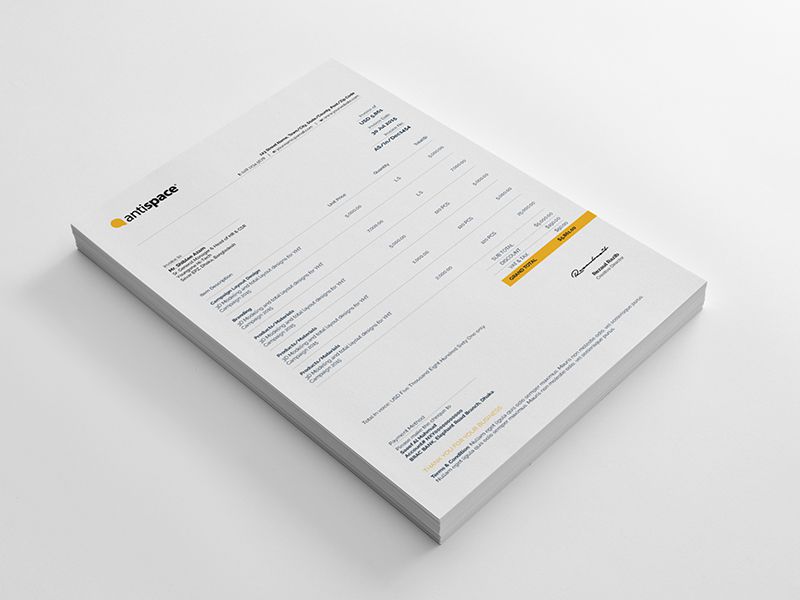
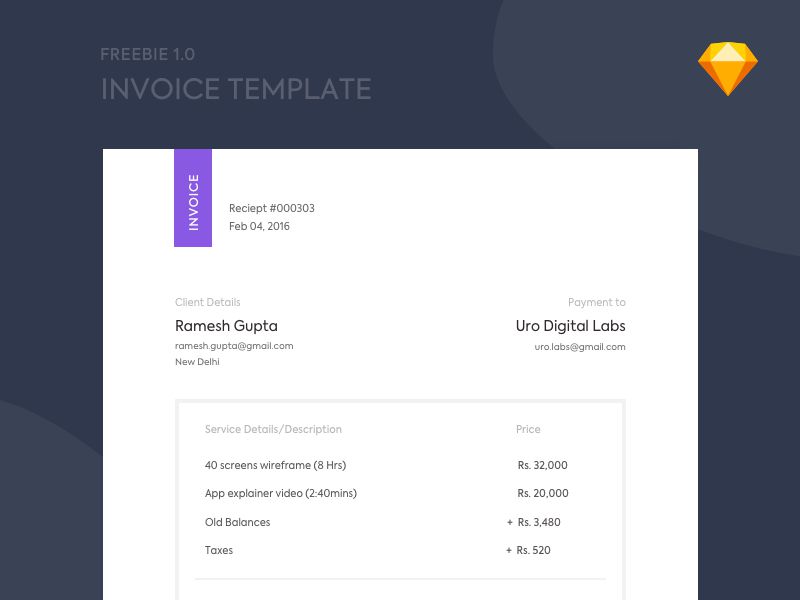
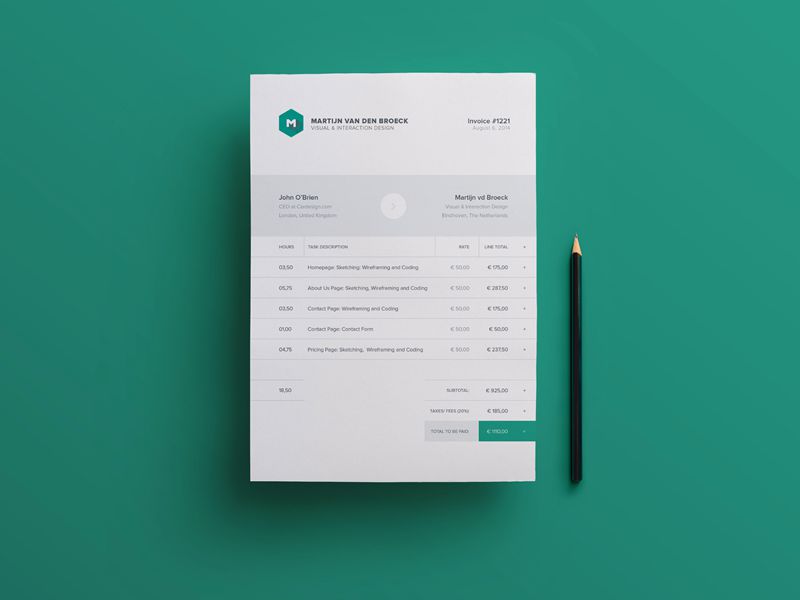
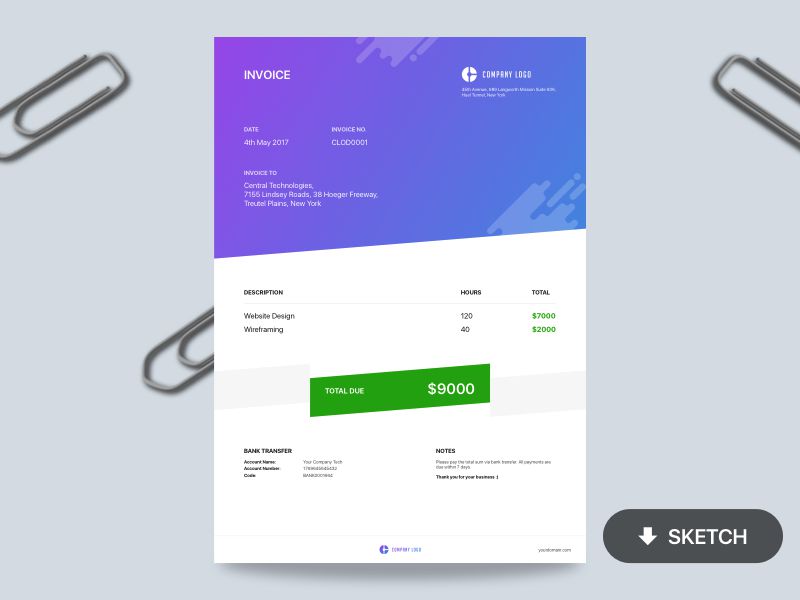
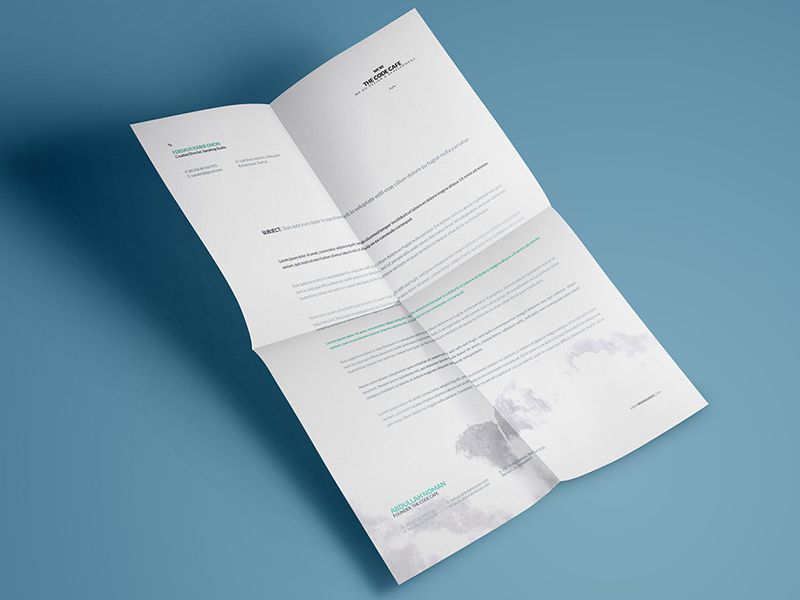
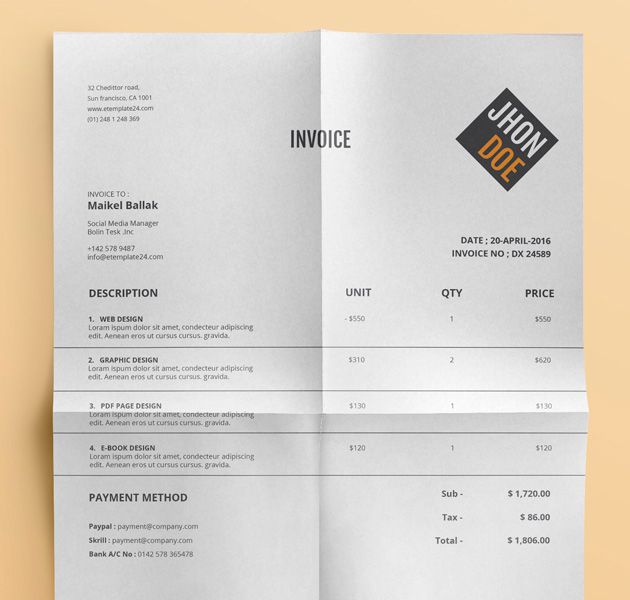
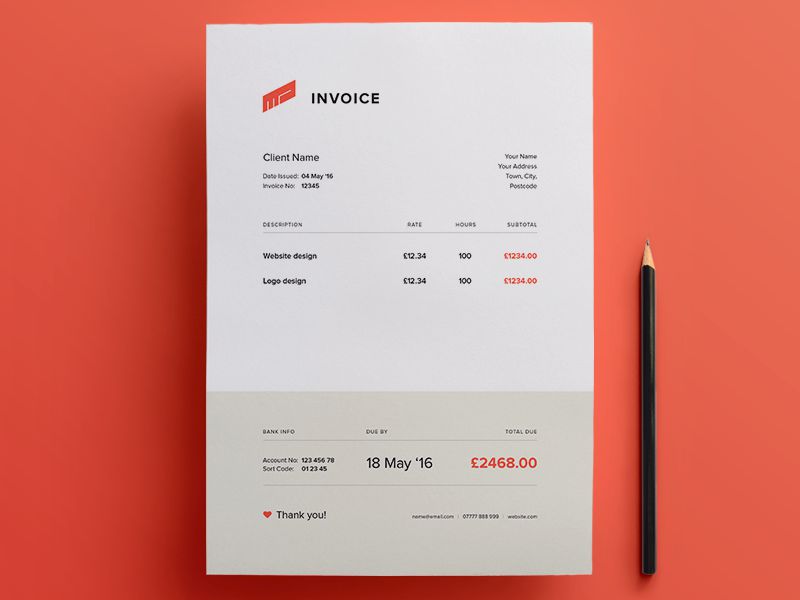
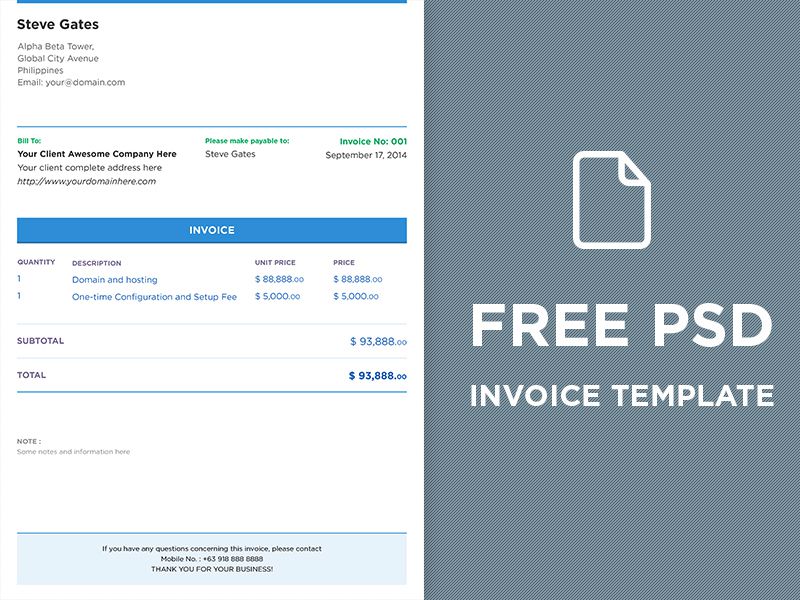
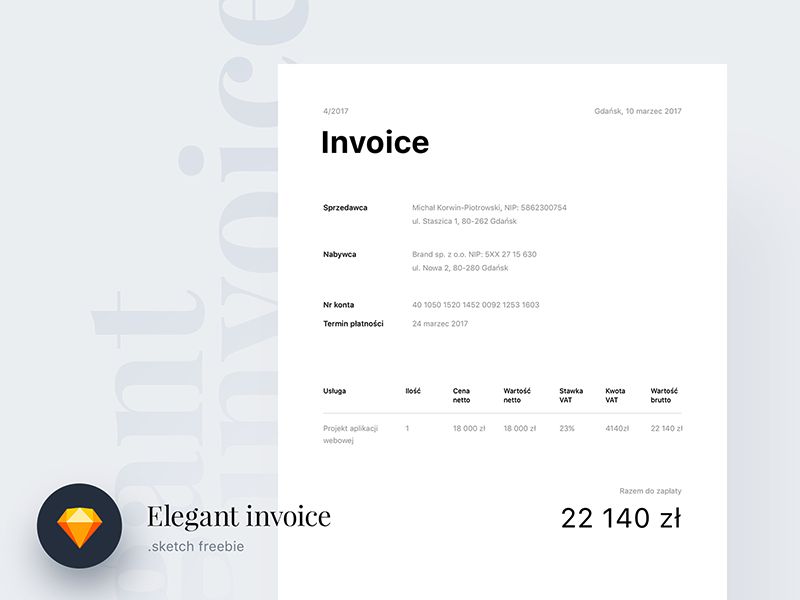
 A demonstration of the features in the polling app that we’ll be building. (Large preview)
A demonstration of the features in the polling app that we’ll be building. (Large preview)






